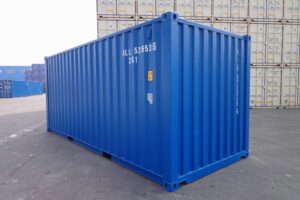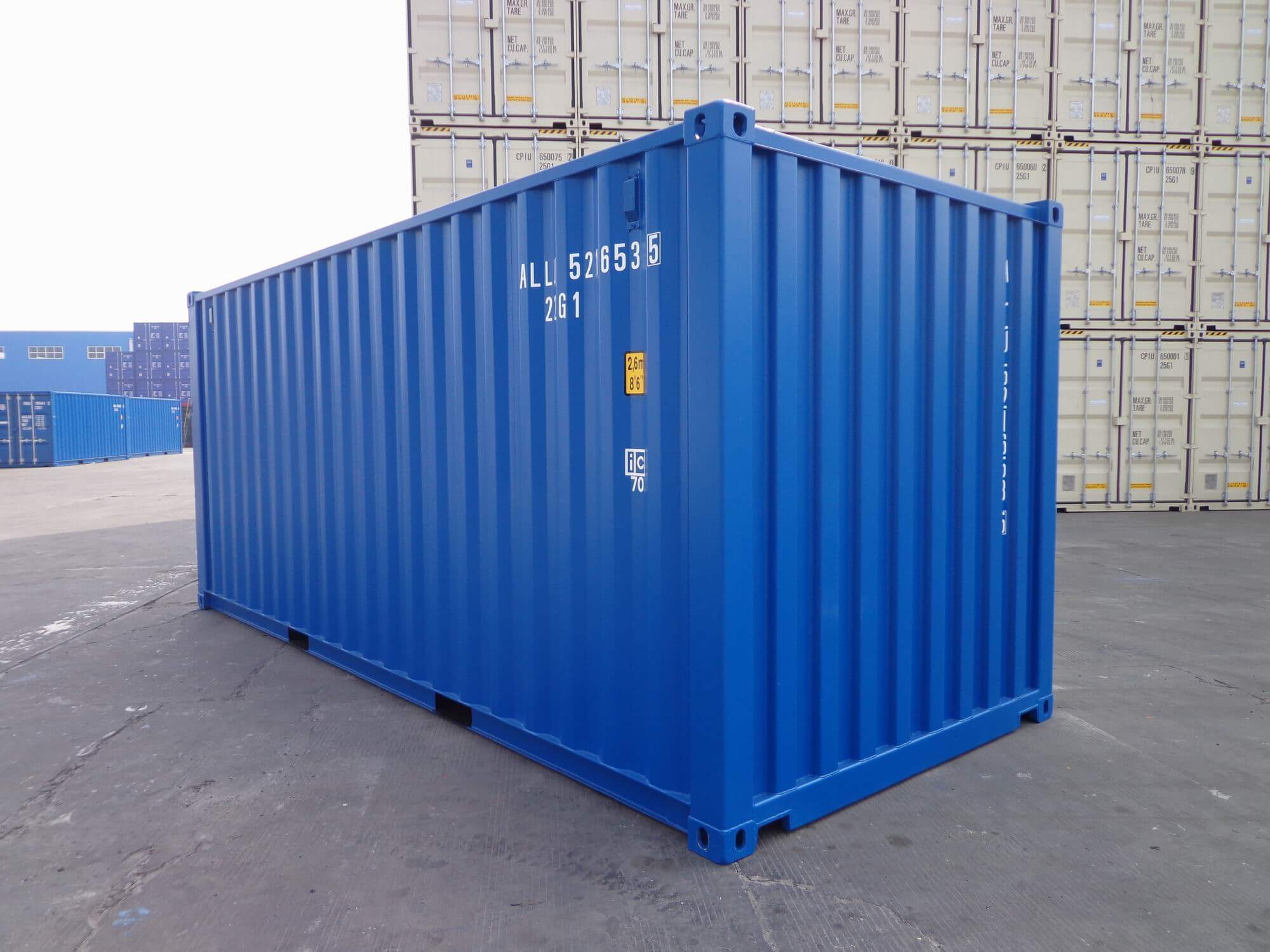Waveguide components play a critical role in providing efficient signal information in various fields, including telecommunications, radar systems, and high-frequency electronics. These components, designed specifically for guiding electromagnetic waves, offer numerous advantages over traditional transmission methods. In this article, we will explore the significance of waveguide components as the building blocks for efficient signal transmission.
- Waveguide Basics:
A waveguide is a hollow metallic or dielectric structure that guides and confines electromagnetic waves along a specific path. It operates based on the principle of total internal reflection, effectively minimizing signal loss and interference. Waveguides can transmit signals at higher frequencies with lower attenuation, making them ideal for high-speed data transmission and long-distance communication.
- Waveguide Types:
There are various types of waveguides, each designed to accommodate different frequency ranges and applications. Some commonly used waveguide types include rectangular waveguides, circular waveguides, and coaxial waveguides. Each type has its own characteristic dimensions and supports specific modes of wave propagation, ensuring efficient signal transmission in a particular frequency band.
- Waveguide Components:
Waveguide components are integral parts of waveguide systems, enhancing signal performance and functionality. These components include:
a. Waveguide Transitions: Waveguide transitions are used to connect waveguides with different dimensions or shapes, facilitating smooth signal propagation between them. Transitions can convert signals from rectangular to circular waveguides or vice versa, allowing compatibility between different waveguide types.
b. Directional Couplers: Directional couplers split an incoming signal into two or more output signals, or combine multiple input signals into a single output. They play a vital role in signal routing and power distribution within waveguide systems.
c. Attenuators: Attenuators are waveguide components used to reduce the power of a signal by a desired amount. They help control signal levels and prevent damage to sensitive equipment due to excessive power.
d. Filters: Filters are employed to selectively allow certain frequencies to pass through while attenuating others. They enable frequency band separation and ensure interference-free signal transmission in complex waveguide systems.
e. Isolators and Circulators: Isolators and circulators are non-reciprocal waveguide components that enable one-way signal flow while blocking signals in the opposite direction. They enhance signal integrity, prevent reflections, and minimize signal loss.
f. Waveguide Terminations: Waveguide terminations absorb and dissipate unwanted signals, preventing reflections and minimizing interference. They ensure proper signal termination and improve system performance.
- Applications of Waveguide Components:
Waveguide components find extensive applications in various fields, including:
a. Telecommunications: Waveguides and their components are crucial in high-capacity data transmission, satellite communications, and wireless networks.
b. Radar Systems: Waveguide components play a vital role in radar systems for efficient signal generation, reception, and processing, enabling accurate target detection and tracking.
c. High-Frequency Electronics: Waveguide components are essential in high-frequency electronics, such as microwave ovens, medical devices, and scientific instrumentation, where precise signal transmission is critical.
Conclusion:
Waveguide components serve as the building blocks for efficient signal information in a wide range of applications. Their unique structure and functionality enable high-speed, low-loss, and interference-free signal propagation. As technology continues to advance, waveguide components will play an increasingly important role in achieving faster and more reliable communication and signal processing systems.







